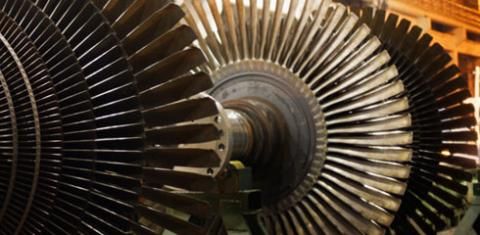Structured analysis of existing operations prevents control system failure

Whether it is buying a control system for new rotating equipment or retrofitting an older machine, plants have a number of control system choices.
Equipment can be controlled with an existing Distributed Control System (DCS), a simplex controller or redundant and Triple Modular Redundant (TMR) Programmable Logic Controller (PLC).
(The criticality of machine operations could drive an investment in a high-reliability system)
While deciding which control technology to invest in, users should identify their specific system and site needs, and then weigh the trade-offs between cost and system availability.
While buying diamonds, a shopper can give and take in the realms of cut, clarity and carat weight to get the best stone for his or her budget. In the controller market, a manager should negotiate within the specifics of safety, cost and availability to obtain the most reliable control system for his or her facility.
Evaluating safety integrity level
As reliability has a large effect on plant safety, end users should perform a hazard and operability (HAZOP) study — a structured analysis that evaluates the safety integrity level (SIL) of risk associated with existing operations. SILs, as defined by industry standards organizations, (IEC 61508, IEC 61511 and ANSI/ISA 84.01) estimate the probability of equipment failure on both demand and continuous operation. They range from SIL 1, which calls for minor property and production protection, to SIL 4, which requires catastrophic community protection.
Financial factors
In addition to safety, there may be financial factors to consider. The criticality of machine operations could drive an investment in a high-reliability system, i.e., a unit that is not running because of a control system failure, is not making money.
Availability is another factor to take into account. Some systems tolerate downtime better than others, so may not require as high an investment in reliability. For example, a boiler feed pump control system with a boiler that has a cross-tie to a backup source at an offsite steam boiler would pose minimal risk to profitability.
If the feed pumps trip off-line, the plant can buy steam from the backup until they can get the control system, feed pump and boiler back on line. Similarly, a system controlling storage tanks might also be able to tolerate more downtime. If a site has 500,000 gallons of de-mineralized water in storage, losing temporary access is tolerable.
Based on an assessment of reliability requirements against safety, economics and availability, an end user is ready to look at the different control system options available.
If extreme high availability is not required for safety or economic reasons and an existing DCS is available, using the DCS as a rotating equipment controller could be a cost-effective option. This simplifies implementation and minimizes impact and cost in terms of training and spare parts.
You can read the rest of this story in the July-August edition of Turbomachinery International

.png&w=3840&q=75)

.png&w=3840&q=75)



.png&w=3840&q=75)



.png&w=3840&q=75)









